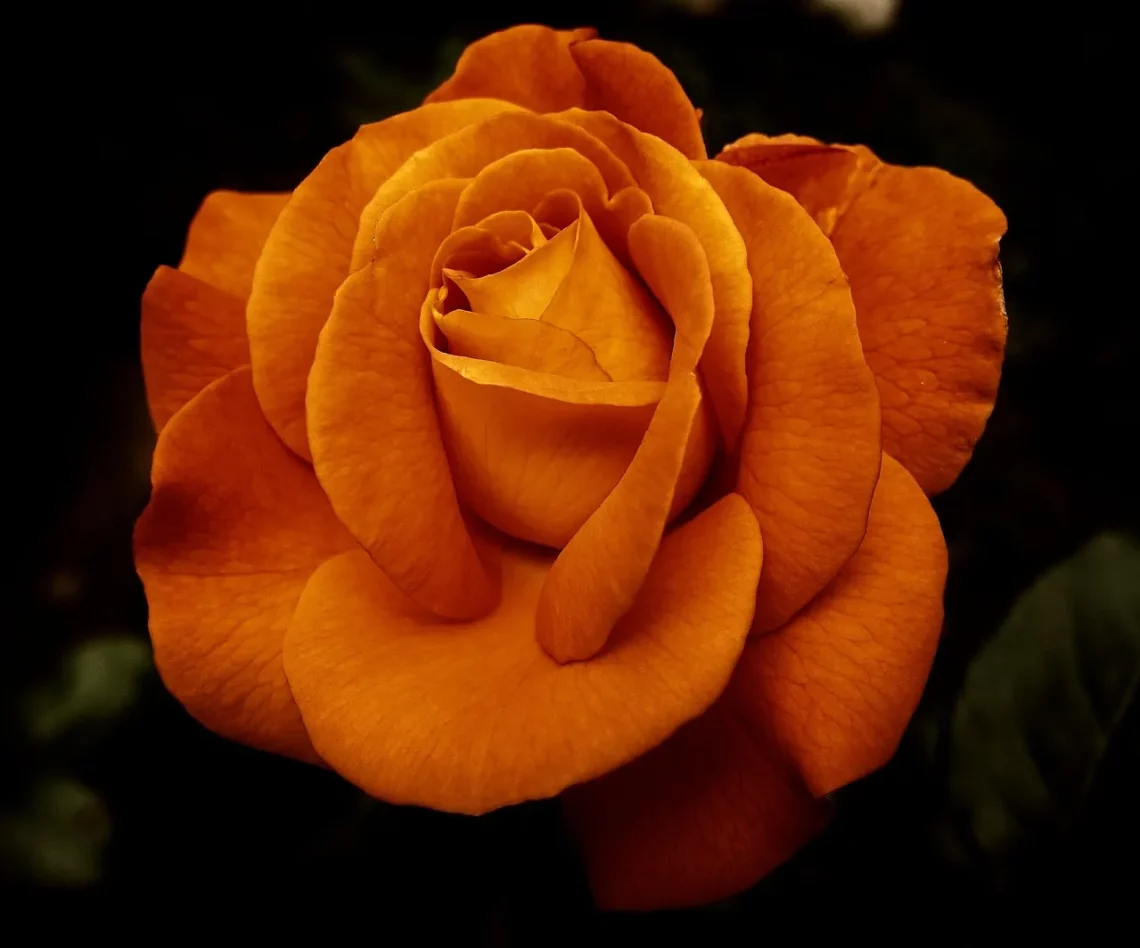
Understanding Brown Spots on Rose Leaves: Causes and Solutions
Understanding the beauty and intricacy of rose gardening is something that captivates many enthusiasts. Roses, with their vibrant colors and exquisite fragrances, are often seen as symbols of love and beauty. However, caring for these delicate plants can sometimes become a challenge, especially when unexpected issues arise. Among the common problems faced by rose gardeners are the mysterious brown spots that appear on the leaves.
These spots can be alarming, signaling potential stress or disease within the plant. Understanding the underlying causes of these brown spots is essential for maintaining the health of your roses. Factors such as environmental stress, pest infestations, and fungal infections can contribute to these unsightly marks. Additionally, recognizing the symptoms early can help prevent further damage and ensure your rose bushes remain lush and flourishing.
As gardeners, it’s crucial to stay informed about the various ailments that can affect our plants. The more knowledge we gain about our garden companions, the better equipped we become to nurture and protect them. This article delves into the reasons behind brown spots on rose leaves and offers practical solutions for restoring your roses to their full glory.
Common Causes of Brown Spots on Rose Leaves
Brown spots on rose leaves can stem from a variety of factors, both environmental and biological. One of the most common culprits is a fungal infection, such as black spot fungus (Diplocarpon rosae), which thrives in warm, humid conditions. This disease manifests as circular black or brown spots with fringed edges on the leaves, often leading to yellowing and eventual leaf drop. The best way to combat this issue is through proper garden hygiene, including removing affected leaves and ensuring good air circulation around the plants.
Another significant factor contributing to brown spots is environmental stress. Roses are sensitive to fluctuations in temperature, humidity, and water availability. Too much or too little water can lead to leaf scorch, a condition where the leaf edges turn brown and crisp. Maintaining consistent watering practices—ensuring the soil is well-drained yet moist—can help mitigate this problem.
Pest infestations can also lead to brown spots on rose leaves. Aphids, spider mites, and thrips are some common pests that can damage foliage. These pests suck the sap from the leaves, causing them to develop discoloration and spots. Keeping a close eye on your plants and employing natural pest control methods, such as introducing beneficial insects or using insecticidal soap, can help manage these infestations effectively.
Nutrient deficiencies, particularly a lack of nitrogen, potassium, or magnesium, can also manifest as brown spots on leaves. Roses require a balanced supply of nutrients to thrive. Conducting a soil test can help determine the nutrient levels and guide you in fertilizing appropriately. Regular feeding with a balanced fertilizer can help promote healthy foliage and prevent the occurrence of brown spots.
Identifying Fungal Infections
Fungal infections are a prevalent issue for rose gardeners, and they can lead to significant damage if not addressed promptly. Identifying these infections early is crucial for effective treatment. In addition to the black spot fungus, powdery mildew is another common fungal disease that can affect roses. It appears as a white, powdery coating on the leaves, which may eventually lead to yellowing and browning of the foliage.
To identify a fungal infection, carefully examine the leaves, stems, and even the soil around your roses. Look for signs of discoloration, unusual growth patterns, or a white or black coating on the leaves. If you suspect a fungal issue, there are several treatments available. Fungicides can be effective in managing these diseases, but remember to follow the instructions carefully and apply them during the appropriate weather conditions.
Preventing fungal infections is often more effective than treating them. To reduce the risk, ensure your roses are planted in a location with good airflow and sunlight. Avoid overhead watering, as wet leaves can promote fungal growth. Instead, aim to water the soil directly, keeping the foliage dry.
Additionally, practicing crop rotation and planting disease-resistant rose varieties can be beneficial in reducing the prevalence of fungal infections in your garden. Regularly cleaning up fallen leaves and debris around your plants can also help minimize the risk of infection, as many fungi overwinter in plant material.
Environmental Stress and Its Impact
Environmental stressors can take a toll on roses, leading to various issues, including the development of brown spots on leaves. Factors such as temperature extremes, improper watering practices, and poor soil conditions can all contribute to stress in your plants.
Temperature fluctuations can be particularly detrimental to roses. Extreme heat can cause heat stress, leading to leaf scorch, while cold snaps can harm new growth. Understanding your local climate and selecting rose varieties that are suited for your region can help mitigate these issues. Providing shade during excessive heat or covering your roses during unexpected frosts can protect them from stress.
Watering practices are another critical factor in preventing environmental stress. Both overwatering and underwatering can lead to brown spots. Overwatering can suffocate the roots and create conditions conducive to root rot, while underwatering can lead to drought stress. Establishing a consistent watering schedule and monitoring soil moisture levels can help strike the right balance.
Soil quality is also essential for healthy rose growth. Poor soil conditions can lead to nutrient deficiencies and poor drainage, both of which can contribute to brown spots. Regularly amending the soil with organic matter, such as compost or well-rotted manure, can improve soil structure and nutrient content. Conducting soil tests can provide valuable insight into the specific needs of your garden.
Managing Pest Infestations
Pest problems can be a significant challenge for rose gardeners, leading to brown spots and overall decline in plant health. Understanding how to identify and manage these pests is crucial for maintaining flourishing roses.
Aphids are small, sap-sucking insects that can quickly infest rose plants. They tend to cluster on the undersides of leaves and can cause yellowing and browning as they deplete the plant’s nutrients. Regularly inspecting your plants and using a strong stream of water to dislodge aphids can be effective. Introducing natural predators, such as ladybugs, can also help manage aphid populations.
Spider mites are another common pest that can lead to brown spots. These tiny arachnids thrive in dry conditions and can cause significant damage by feeding on plant sap. Signs of spider mite infestations include fine webbing on the leaves and stippling or browning of the foliage. Increasing humidity around your roses and regularly misting the leaves can help deter spider mites. Insecticidal soaps or horticultural oils can also be effective in controlling these pests.
Thrips are small, slender insects that can cause stippling and browning on rose leaves. They often go unnoticed until significant damage has occurred. Regular monitoring, along with the use of sticky traps, can help catch these pests early. If an infestation is detected, applying insecticidal soap or neem oil can help manage the population.
Maintaining the overall health of your roses through proper care and attention can also make them more resilient to pest infestations. Healthy plants are better equipped to withstand and recover from pest pressure.
In conclusion, while brown spots on rose leaves can be concerning, understanding their causes and implementing effective solutions can help restore your roses to their former beauty. From addressing fungal infections to managing environmental stress and pest issues, proactive care is key. Always remember that gardening is a journey of learning and adapting.
*This article is not intended as medical advice. Always consult a healthcare professional for any health-related issues.*




